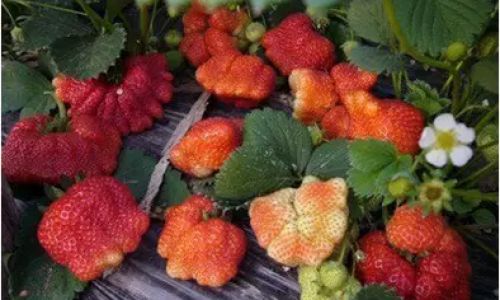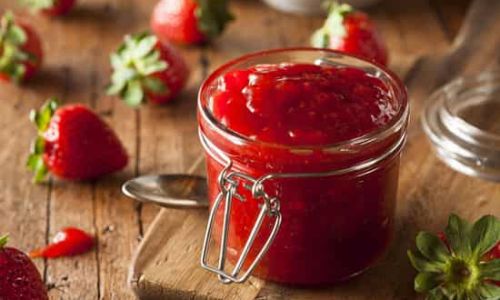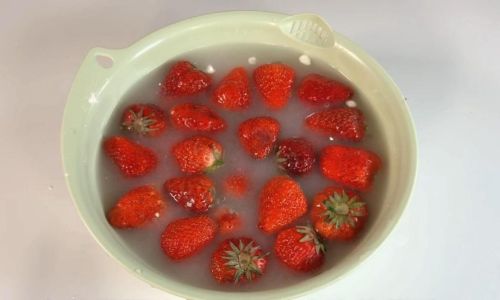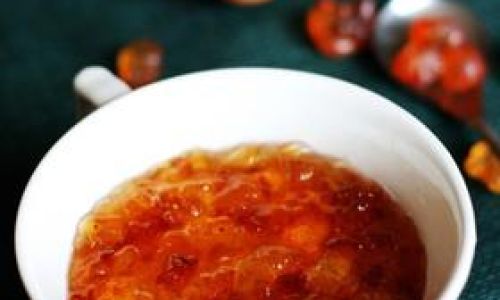Introduction
Strawberries, with their vibrant red hue and sweet-tart flavor, are a beloved staple in kitchens worldwide. Yet, their delicate nature makes them notoriously perishable, often leaving consumers grappling with a conundrum: Should strawberries be washed before storage, or does washing accelerate spoilage? This debate hinges on balancing hygiene with preservation, as moisture, microbiological growth, and natural protective barriers all play pivotal roles. This article delves into the science behind strawberry spoilage, examines the impacts of washing, and offers actionable advice to extend their shelf life.
The Role of Moisture in Spoilage
Moisture is the arch-nemesis of fresh produce, and strawberries are no exception. These fruits, botanically classified as “accessory fruits” (since their edible portion is derived from the receptacle surrounding the ovaries), possess a porous surface and high water content—approximately 91% by weight. When strawberries are washed, water adheres to their skin, seeps into microscopic crevices, and creates a hospitable environment for microorganisms.
How Moisture Accelerates Decay
- Enzymatic Browning: Excess moisture activates enzymes like polyphenol oxidase, which catalyze oxidation reactions. This leads to unsightly brown patches and a mushy texture.
- Microbial Proliferation: Bacteria (e.g., Pseudomonas, Erwinia) and fungi (e.g., Botrytis cinerea, the causative agent of gray mold*) thrive in damp conditions. These microbes break down cell walls, causing softening and rot.
- Compromised Structural Integrity: Waterlogged strawberries lose their firmness as cells absorb liquid and burst, accelerating decay.
Unwashed strawberries, while retaining their natural waxy coating (epicuticular wax), may still harbor field moisture or condensation from transportation. However, their dry surface limits microbial activity compared to washed berries stored improperly.
Impact of Washing on Natural Protective Barriers
Strawberries are coated in a thin layer of epicuticular wax, a hydrophobic substance that repels water and reduces moisture loss. This wax also acts as a barrier against pathogens and pests. Washing with water—especially at high pressures or temperatures—can strip this protective layer, leaving the fruit vulnerable.

Consequences of Wax Removal
- Increased Water Absorption: Without the waxy shield, strawberries absorb moisture more readily during washing, exacerbating spoilage risks.
- Reduced Resistance to Pathogens: The exposed epidermis becomes a breeding ground for opportunistic microbes.
- Accelerated Ethylene Production: Damage to the wax layer may trigger ethylene synthesis, a plant hormone that hastens ripening and senescence.
However, commercial strawberries are often treated with synthetic waxes or coatings to enhance shelf life. Washing may remove these additives, but organic or locally grown berries lack such artificial protections, making them more susceptible to post-wash deterioration.
Microbiological Factors: Bacteria and Mold
Strawberries are prone to contamination at multiple stages: cultivation, harvest, handling, and retail. Pathogens like Escherichia coli, Listeria monocytogenes, and Salmonella can hitchhike on unwashed fruit, posing health risks. Washing reduces microbial loads but does not sterilize the fruit.
The Double-Edged Sword of Washing
- Pre-Wash Contamination: Unwashed strawberries may carry spores or bacteria that proliferate during storage, particularly in warm or humid environments.
- Post-Wash Risks: Improper drying after washing introduces residual moisture, creating a petri dish effect. For example, Botrytis cinerea spores germinate rapidly in damp conditions, leading to fuzzy gray mold within days.
A 2020 study in the Journal of Food Protection found that strawberries washed in distilled water and air-dried had a 15% longer shelf life than unwashed controls, but this benefit vanished if berries were stored wet. Thus, washing alone is insufficient; meticulous drying is equally critical.
Pesticide Residues and Contaminants
Conventionally grown strawberries frequently top the “Dirty Dozen” list due to pesticide residues. Washing can remove some chemicals, but its efficacy varies. A 2019 analysis by the USDA revealed that 70% of non-organic strawberries contained residues from multiple pesticides, including fungicides and insecticides.
Washing Limitations

- Lipophilic Pesticides: Oil-based pesticides adhere to the waxy cuticle and are challenging to remove with water alone.
- Systemic Pesticides: These are absorbed into the plant tissue and cannot be washed off.
For consumers concerned about pesticides, washing is advisable, but it should be paired with other strategies, such as purchasing organic produce or using vinegar solutions (1 part vinegar to 3 parts water) to enhance residue removal.
Storage Practices After Washing
The manner in which washed strawberries are stored profoundly impacts their longevity. Key practices include:
-
Thorough Drying:
- Use a salad spinner or pat berries gently with paper towels to remove surface moisture.
- Avoid air-drying at room temperature, as this invites microbial growth.
-
Refrigeration:
- Store strawberries in breathable containers (e.g., perforated plastic clamshells or lined with paper towels) to absorb excess moisture.
- Maintain a temperature of 32–36°F (0–2°C) to slow ripening without freezing.
-
Avoiding Condensation:
Do not store washed strawberries in sealed containers immediately, as trapped moisture accelerates spoilage.
Comparative Analysis: Washed vs. Unwashed Shelf Life
Numerous studies have evaluated the shelf life of washed and unwashed strawberries under controlled conditions. A 2021 experiment by the University of California, Davis, yielded the following insights:

| Storage Condition | Washed & Dried Properly | Unwashed | Washed & Stored Wet |
|---|---|---|---|
| Shelf Life (Days) | 7–9 | 5–7 | 3–4 |
| Microbial Load (CFU/g) | 2 × 10⁴ | 8 × 10⁵ | 5 × 10⁶ |
| Visual Quality | Excellent | Fair | Poor |
Key Takeaways:
- Properly washed and dried strawberries outlast unwashed ones due to reduced microbial activity.
- Wet storage negates any benefits of washing, underscoring the importance of drying.
Expert Recommendations and Best Practices
-
Wash Only Before Consumption:
- Rinse strawberries under cool running water just prior to eating to minimize moisture exposure.
- Avoid soaking, as this leaches flavor compounds and nutrients.
-
Use Vinegar Solutions:
A 10-minute soak in a vinegar-water mix (1:3) kills 98% of bacteria and removes residues. Rinse thoroughly afterward.
-
Freeze for Longevity:
Washed, hulled, and dried strawberries can be frozen on a baking sheet before transferring to airtight bags, preserving them for 8–12 months.
-
Inspect Regularly:

Remove moldy berries immediately to prevent cross-contamination.
Conclusion: Balancing Hygiene and Shelf Life
The debate over washing strawberries boils down to context and methodology. While unwashed strawberries retain their natural wax and may last slightly longer in ideal conditions, they carry contamination risks. Washing, when done correctly, enhances safety and can extend shelf life—but only if paired with thorough drying and appropriate storage.
Ultimately, the optimal approach depends on immediate consumption plans. For berries to be eaten within a day, a quick rinse is harmless. For longer storage, err on the side of caution: wash, dry meticulously, and refrigerate in breathable containers. By respecting the delicate balance of moisture, microbiology, and preservation techniques, strawberry lovers can savor these jewels of summer without waste.





0 comments